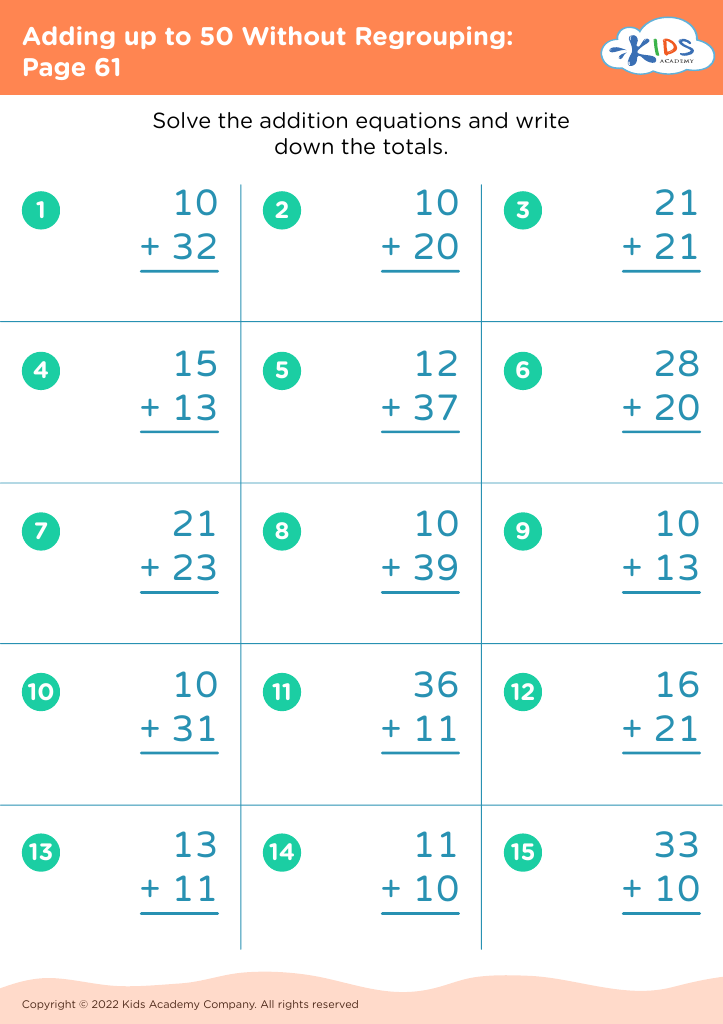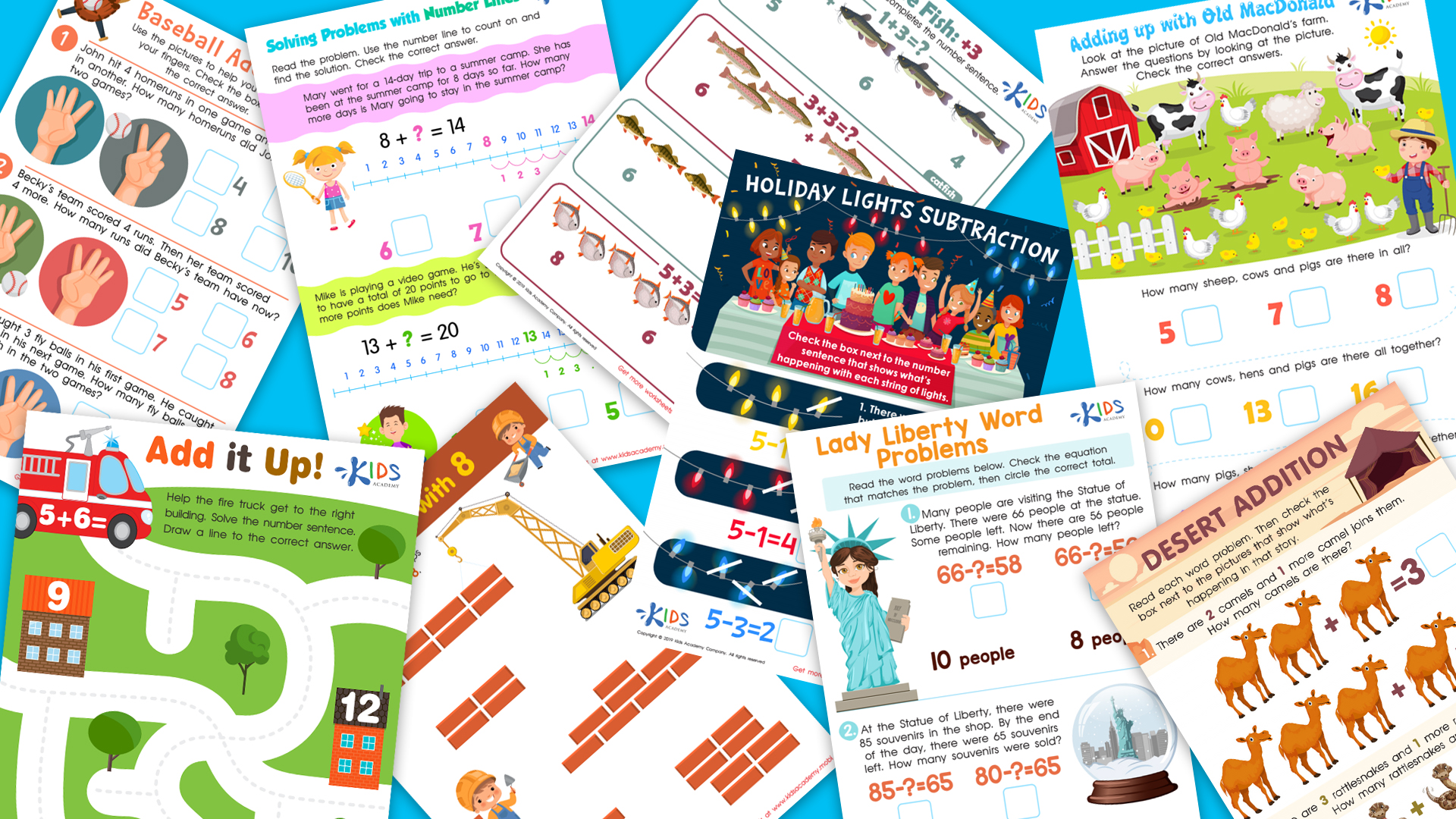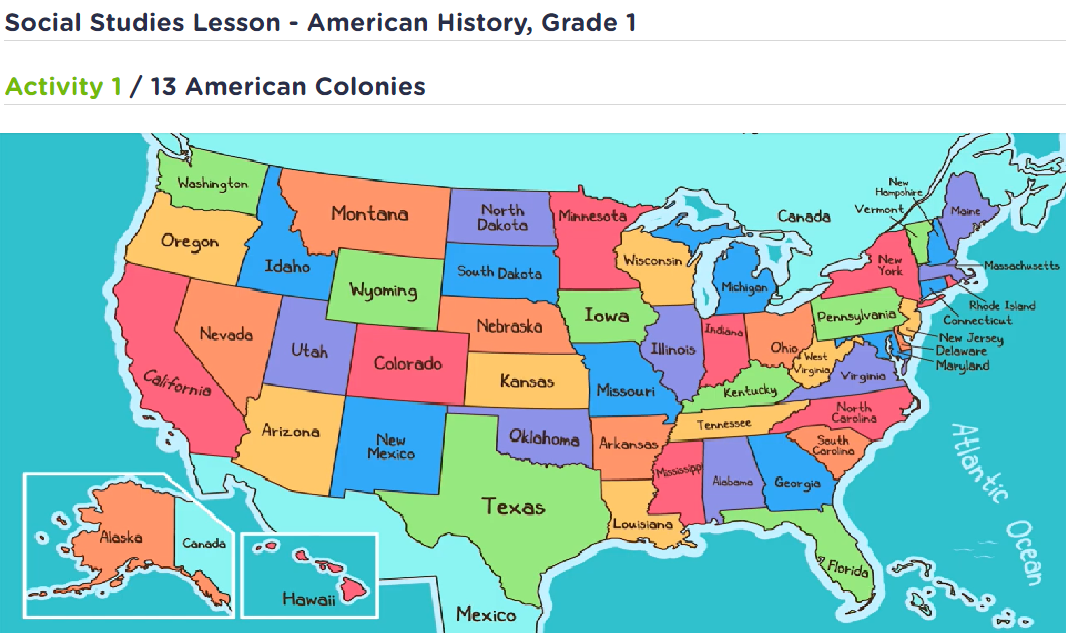Understanding grouping Worksheets for Ages 5-8
3 filtered results
-
From - To
Welcome to our web page dedicated to "Understanding Grouping Worksheets for Ages 5-8"! Here, you'll find a collection of engaging worksheets designed to help young learners grasp the concept of grouping through fun and interactive activities. Tailored for children ages 5-8, these worksheets encourage critical thinking, enhance cognitive skills, and develop early math abilities. Count, sort, and categorize objects to deepen understanding while fostering creativity and imagination. Our resources are perfect for classroom use or at-home learning, making education enjoyable and effective. Explore our printable worksheets and make learning about grouping a delightful adventure for your little ones!
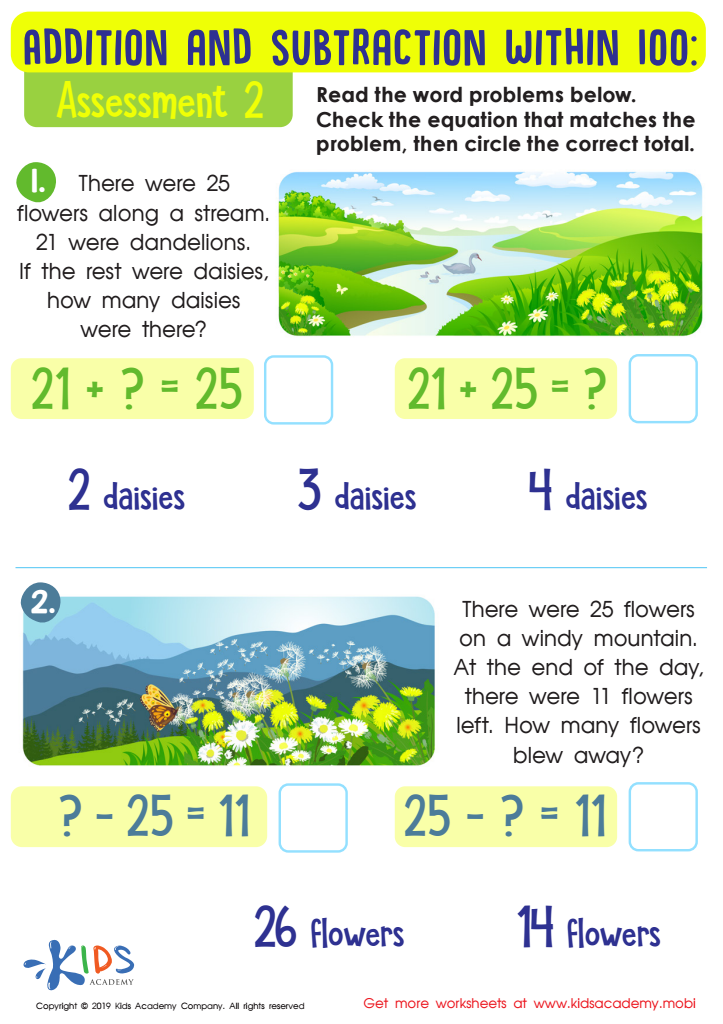

Assessment 2 Math Worksheet
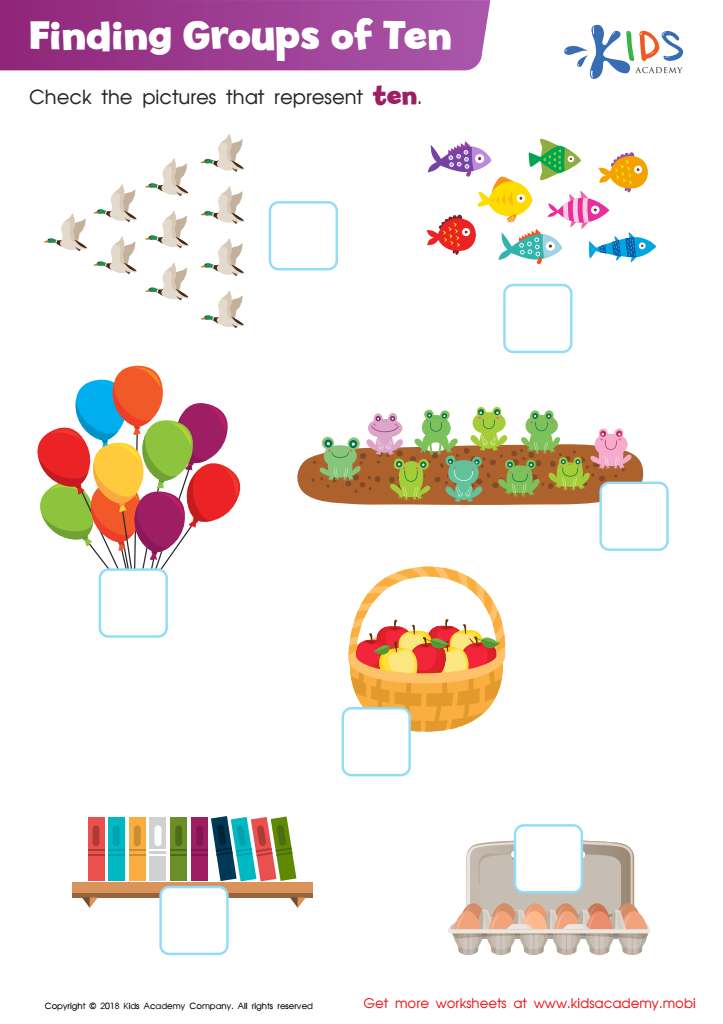

Finding Groups of Ten Worksheet
Understanding grouping is a foundational skill for children aged 5-8, and it's crucial for both parents and teachers to recognize its significance. At this age, children are developing critical thinking and social interaction skills. Grouping helps them understand how to categorize information and recognize patterns, which are essential cognitive processes.
From a mathematical perspective, grouping lays the groundwork for more complex concepts like addition, subtraction, and early algebra. When children group objects by their characteristics—such as color, size, or shape—they enhance their ability to classify and compare, which leads to stronger problem-solving skills.
Socially, grouping fosters teamwork and collaboration. When children work in groups, they learn to communicate effectively, share responsibilities, and develop empathy as they consider different perspectives. These skills contribute to their emotional intelligence and overall development.
Parents and teachers play a pivotal role in nurturing these skills through intentional activities and discussions. Encouraging children to explore grouping in various contexts—whether through play, art, or math—helps build a solid foundation for their educational journey. By prioritizing understanding of grouping, adults support children's cognitive and social growth, setting them up for future success in school and life.
 Assign to My Students
Assign to My Students
